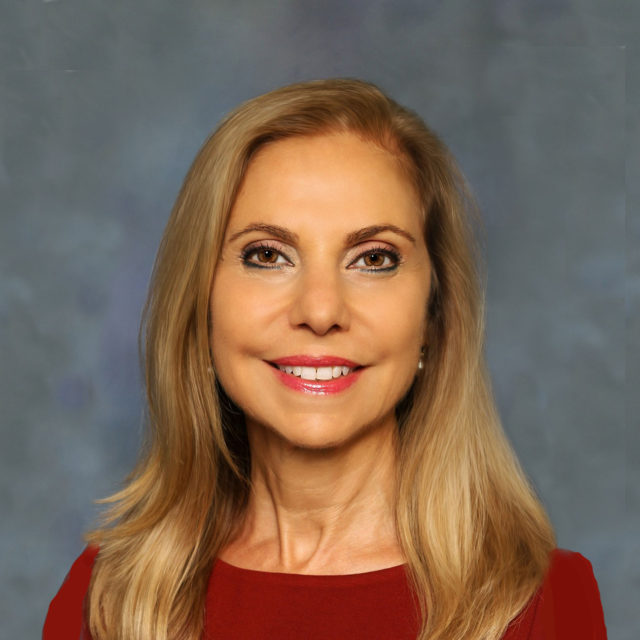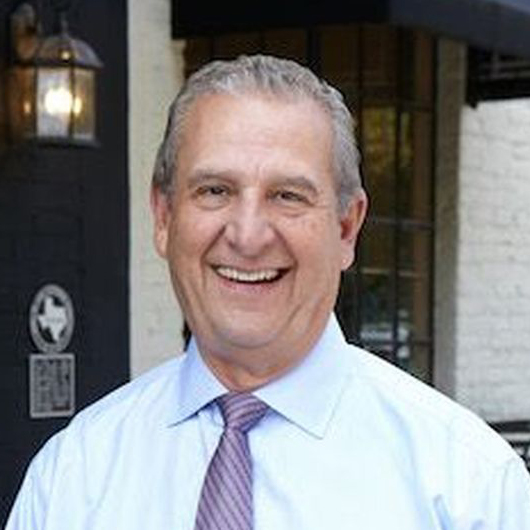PART 5 OF A 10-PART SERIES
Talking With Patients About Paying for In-Office Treatments
In this, Part 5 of our series, Real-World Answers From Experts in Dry Eye Disease, we address how making patients comfortable with investing in their ocular health is the job of everyone in the practice. Dr. Jerry Robben asks our experts in Dry Eye Disease for some techniques for talking with patients about paying for in-office treatments.
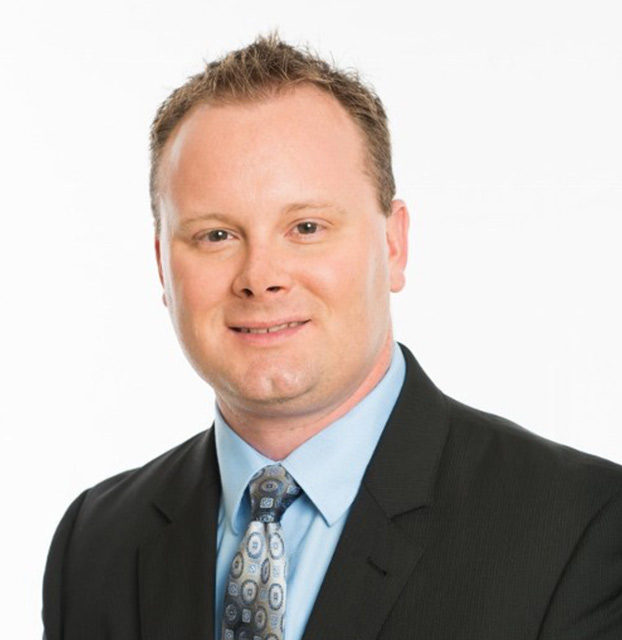
Jerry Robben, OD
Jerry Robben, OD
Bowden Eye & Associates
Jacksonville, Florida
Dr. Robben is the Chief Optometric Physician at Bowden Eye & Associates. He is also an Adjunct Assistant Professor at Arizona College of Optometry. He is a Founding Partner of Dry Eye University and a Founding Member and contributor of Dry Eye Access. He attended graduate school at Nova Southeastern University in Fort Lauderdale, Florida, where he received a second bachelor’s degree in Vision Science and his Doctorate in Optometry. During his externships, Dr. Robben had extensive training in binocular vision disorders and vision therapy. He also focused on pediatric care, contact lenses, low vision, and ocular disease. With a background in clinical education, Dr. Robben started a student doctor externship program, and is also an Adjunct Clinical Assistant Professor for the Arizona College of Optometry where he supervises the 4th Year Optometry Resident Doctors who are completing their externships for graduation. Dr. Robben is a leader in the treatment and management of Dry Eye Disease and has been recognized as a national speaker and educator on the subject. He frequently speaks in educational settings for optometrists, technicians and ophthalmologists across the country.
Dry Eye Disease treatments that are not covered by insurance can be a challenge for some practices to provide.
Moderated by Dr. Jerry Robben
In Part 4: Discussing Out-of-Pocket Expenses for Dry Eye Diagnostics, we discussed how having the “money talk” with patients paying for diagnostics can be difficult. After diagnosis, the next step requires many patients to also pay for in-office treatments. In this article, I ask our experts for more techniques they use to take away the stigma of discussing money with patients.
How do you talk with patients about paying for in-office treatments?
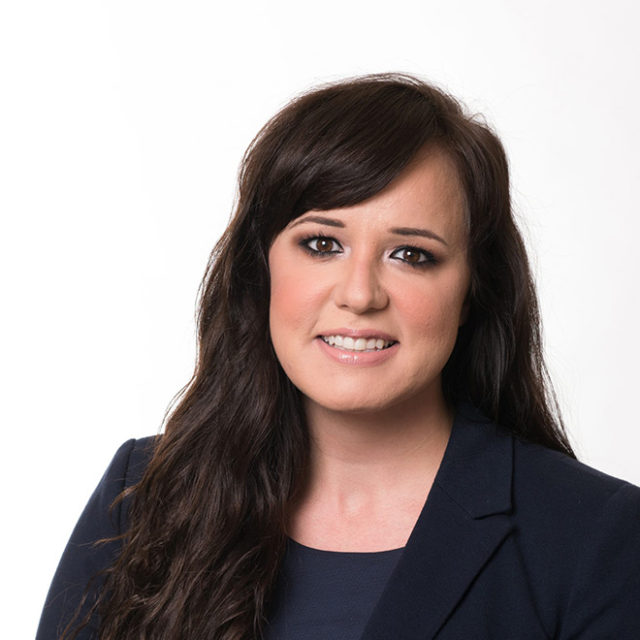
Sarah Darbandi, MD
Sarah Darbandi, MD
Bowden Eye & Associates
Jacksonville, FL
Dr. Sarah Darbandi is a fellowship trained cornea specialist. She is the Vice-President, Owner and Director of Aesthetic services for Bowden Eye & Associates. She is also a Founding Partner of Dry Eye University and a Founding Member, Advisory Board and Contributor of Dry Eye Access.
She attended Medical School at West Virginia University, then went on to residency in Ophthalmology at the West Virginia University Eye Institute. With her interest in corneal transplantation and refractive surgery, she then completed a fellowship in Albany, New York, in Cornea and Refractive Surgery. In 2015, she became partner and Vice President of Bowden Eye & Associates. Dr. Darbandi provides general ophthalmic care, custom cataract surgery, corneal transplantation, ocular surface reconstruction, and refractive surgery.
I mention to the patient that some of the in-office treatments for Dry Eye Disease are covered by insurance, but most are not; I state that this is the trend throughout medicine for all fields. Then I describe the treatment from which I believe the patient will benefit the most—IPL, LipiFlow, etc.—and discuss the associated cost.
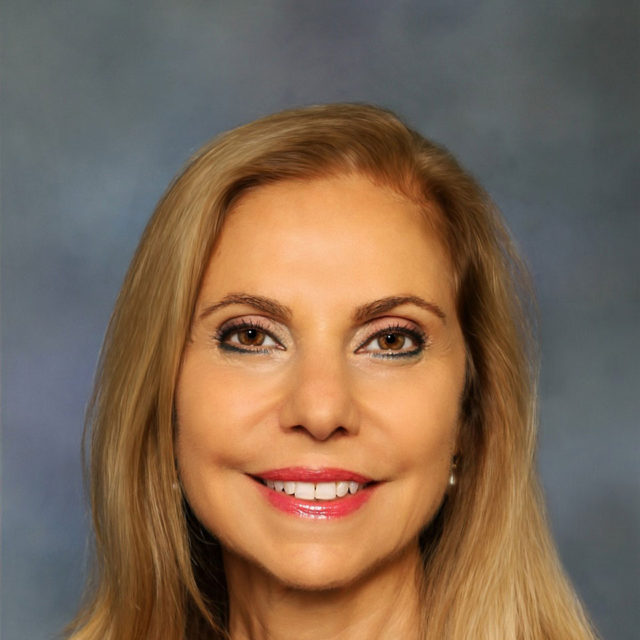
Cynthia Matossian, MD, FACS, ABES
Cynthia Matossian, MD, FACS, ABES
Matossian Eye Associates
New Jersey and Pennsylvania
Cynthia Matossian, MD, FACS, is the founder, CEO, and medical director of Matossian Eye Associates with multiple offices in PA and NJ. She specializes in refractive cataract surgery and dry eye disease. She was named one of Ocular Surgery News’ Premier Surgeon 300—an elite group of 300 premium refractive cataract surgeons in the US. She was the 2017 winner of the Ophthalmic World Leaders Visionary Award. She has been named one of the Top 25 Leading Women Entrepreneurs in New Jersey and one of New Jersey and Pennsylvania’s Best 50 Women in Business. She is a Clinical Assistant Professor of Ophthalmology (Adjunct) at Temple University School of Medicine. Contact Info: cmatossian@matossianeye.com.
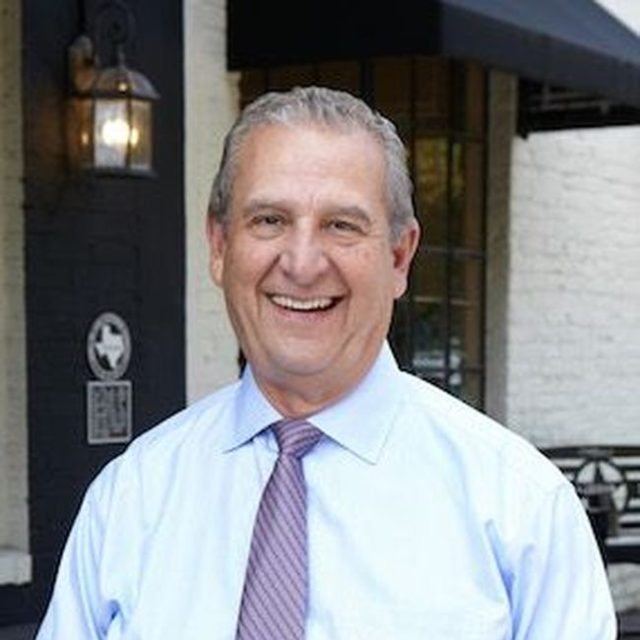
Art Medina, OD
Art Medina, OD
Medina Eye Care
San Antonio, Texas
Dr. Arthur A. Medina Jr. was born and raised in San Antonio, Texas and attended Central Catholic High School. He received his doctorate of optometry in 1972. The University of Houston, College of Optometry, appointed him to the faculty.
Medina continued his postdoctoral training with Dr. Louis Girard, M.D, who chaired the department of ophthalmology at Baylor College of Medicine. That experience enhanced the philosophy that still serves as the foundation for his practice.
Dr. Medina opened his private practice in 1983, after a decade as an associate of two prestigious ophthalmological practices. His experience with pre and post-operative care of cataract and refractive surgery patients led to working relationships with leading ophthalmic surgeons throughout Texas and the western United States. His incredible passion for the profession and quality patient care led to unique relationships with renowned, like-minded national and international physicians.
It is rare that out-of-pocket expenses for Dry Eye Disease come up in the exam lane, because my staff is well-versed on discussing this prior to appointment. However, if a patient does question me, I explain most insurance providers do not cover all Dry Eye Disease in-office treatments, and we try to be as cost-effective as possible for the patient’s best interest.
Insurance companies are not motivated to provide state-of-the-art care or consider clinical effectiveness if it costs them money. Patients essentially subsidize their business and enormous CEO bonuses/salaries. The willful, subversive obstacles and obstructions, denials, and appeals processes, as well as the unethical and often illegal refusals to pay, are serious and rampant. Often it’s literally a calculated financial risk that they have the reserves to withstand. Doctors also subsidize the insurance companies when we have to pay staff dedicated to the battle of ridiculous prior authorizations, inferior drug substitutions, etc. We encourage use of HSA dollars so at least the out-of-pocket costs are tax-free. We encourage use of coupons and deductible buy-down programs. However, even this speaks to the sneaky progressive abuses that insurance companies have heaped upon us like a frog coming to a slow boil. OK. Stepping off the soapbox for now.
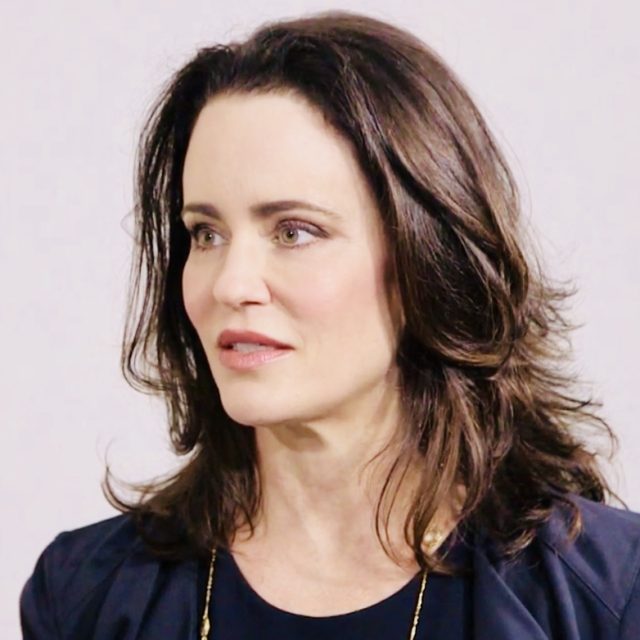
Laura M. Periman, MD
Laura M. Periman, MD
Evergreen Eye Center
Seattle, Washington
Laura Periman, MD is a board-certified ophthalmologist, fellowship-trained cornea and refractive surgeon and Ocular Surface Disease Expert. She knew she wanted to be a doctor since the age of 12 and always seen eyes as the key defining feature of every person. Her interests in molecular biology began with winning the Terry Spies Memorial Scholarship at the Oregon Regional Primate Research Center as an undergraduate at Willamette University in Salem, OR.
Her interests in immunopathophysiology took root during her work in Research and Development at Immunex Corporation in the Molecular Biology Department prior to attending medical school at the University of Washington in Seattle, WA. During medical school, she received the Rex and Arlene Garrison Oncology Fellowship, the Western Medical Student Research Committee Award for Excellence and was elected to the honor society, Alpha Omega Alpha. Upon graduation with honors, she also received the Georgianna Kirby Award for outstanding patient dedication and compassion.
Dr. Periman completed her Ophthalmology Residency as well as Cornea/Refractive Fellowship at the University of Washington in Seattle. She is an international lecturer on Ocular Surface Disease. She has nine peer reviewed publications, two chapters, a review article and independent study in press, and has written extensively on the topic of Ocular Surface Disease. Her unique and passionate perspective on OSD stems from her work in immunopathophysiology. She is an innovator and enthusiastic speaker who loves bridging the gap between basic science, clinical practice and patient compassion.
As Director of Dry Eye Services and Clinical Research at Evergreen Eye Center Seattle, WA she combines her clinical care passion, scientific drive and innovative creativity to provide first class Ocular Surface Disease management.
For more information on Dr. Periman, please visit her website www.dryeyemaster.com.
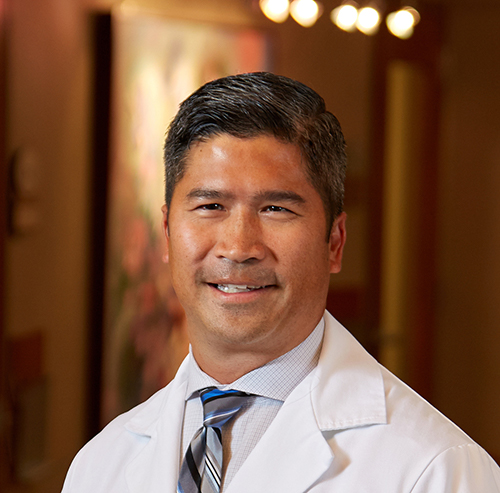
Walter Whitley, OD, MBA, FAAO
Walter Whitley, OD, MBA, FAAO
Virginia Eye Consultants
Norfolk, Virginia
Walter Whitley, OD, MBA, FAAO serves as the Director of Optometric Services and Residency Program Supervisor at Virginia Eye Consultants in Norfolk, Virginia where his practice encompasses ocular surface disease, glaucoma, surgical co-management, clinical research and the supervision of an extensive referral network. Dr. Whitley is a nationally recognized author and lecturer on topics ranging from ocular disease, surgical co-management, pharmaceuticals and practice management topics. He serves as Co-Chief Medical Editor for CollaborativeEYE and contributing editor for the Review of Optometry.
After the examination, I will provide all treatment options that I feel are necessary. If patients need Dry Eye Disease treatments that will result in out-of-pocket expenses, I make a firm recommendation on the procedure, why I feel they need it, and hand them off to our dry eye counselor. Some patients will decline treatment because of costs that are not covered by insurance, but I can only tell them what is most effective for their condition.
I absolutely prefer that my doctors simply make the recommendation for the procedure and hand the patient over to our counselors. The counselors immediately start with pricing and request to use credit financing for the patient. If the patient declines credit, they will proceed to cash, credit card, or check. Patients will often expect to pay something for these kinds of services. This should be made an easy process.
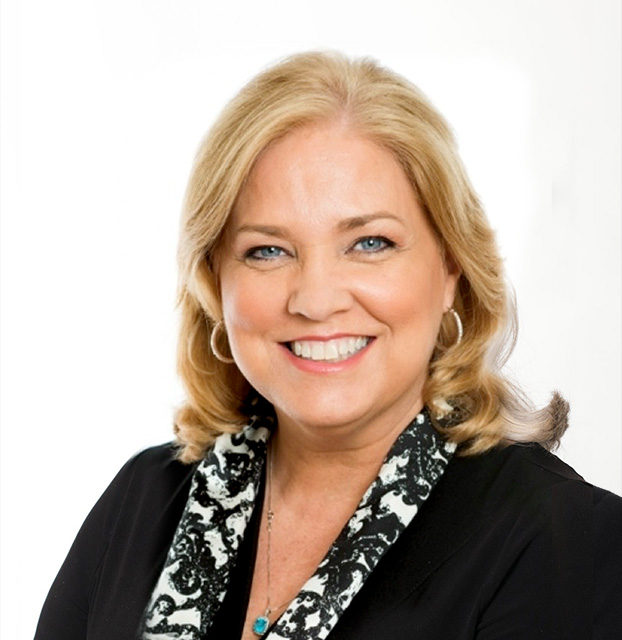
Patti Barkey, COE
Patti Barkey, COE
CEO
Bowden Eye & Associates
Jacksonville, Florida
Patti Barkey created Dry Eye University and is a member of the ASOA Board of Directors which works with ASCRS to bring an annual program for education. Ms. Barkey is CEO of Bowden Eye & Associates and the Eye Surgery Center of North Florida, an ambulatory surgery center which specializes in dry eye. She is also a founding member of Dry Eye Access, and Director of Dry Eye University and Dry Eye Partners, the consulting side of Dry Eye University.
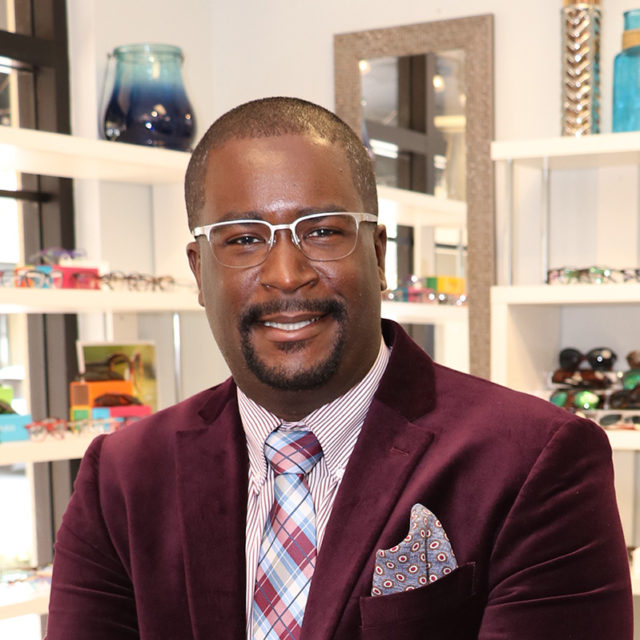
Adam Ramsey, OD
Adam Ramsey, OD
Iconic Eye Care
Palm Beach Gardens, Florida
Adam Ramsey, OD serves as the Medical Director of Iconic Eye Care in Palm Beach Gardens FL. Dr. Ramsey’s practice encompasses ocular surface disease, glaucoma, surgical co-management, macular degeneration care and diabetic eye exams. Dr. Ramsey is the current President of the Palm Beach County Optometric Association and is also the Vice-President of T. Leroy Jefferson Medical Society an affiliate of National Medical Association. He also serves as the Chief Optometric officer for Seminole Health Indian Reservation for the state of Florida servicing 3 locations.
After a patient has undergone the dry eye protocol imaging, it is much easier to convert them to out-of-pocket treatments. We express quality-of-life improvements after treatments as a main focus. Then we lean on the fact that the patient most likely has tried other treatments without success previously and is looking for a solution that will work.
As you can see, there is a role for everyone in the practice when it comes to making patients feel comfortable about paying for in-office treatments. Clinicians and administrators need to work together, enrolling front-office staff, technicians, and counselors along the way. By working together, the practice creates a much better experience for the patient.

